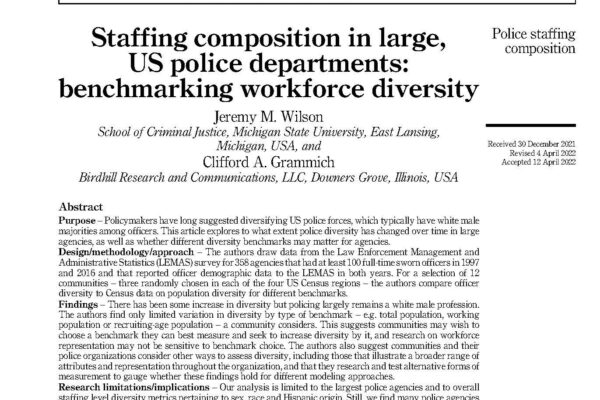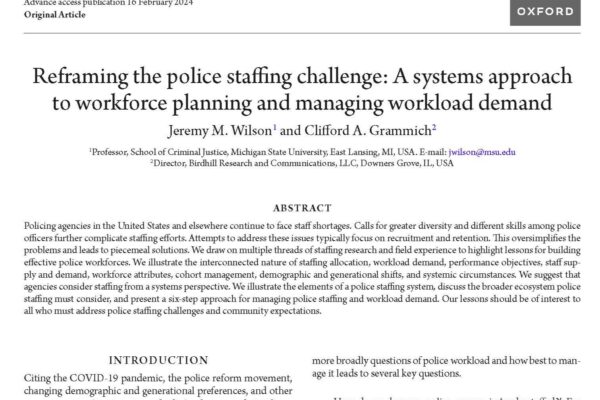The Global Risk of Product Counterfeiting: Facilitators of the Criminal Opportunity. Center for Anti-Counterfeiting and Product Protection Backgrounder Series, 2015.
Product counterfeiting represents a growing, global risk that poses many negative consequences for consumers, businesses, governments, national security, the economy, and society. Research suggests that the first step in formulating effective strategies to combat such crime is to understand what shapes the nature of the criminal opportunity. This Backgrounder highlights facilitators of product counterfeiting opportunity. Read More






